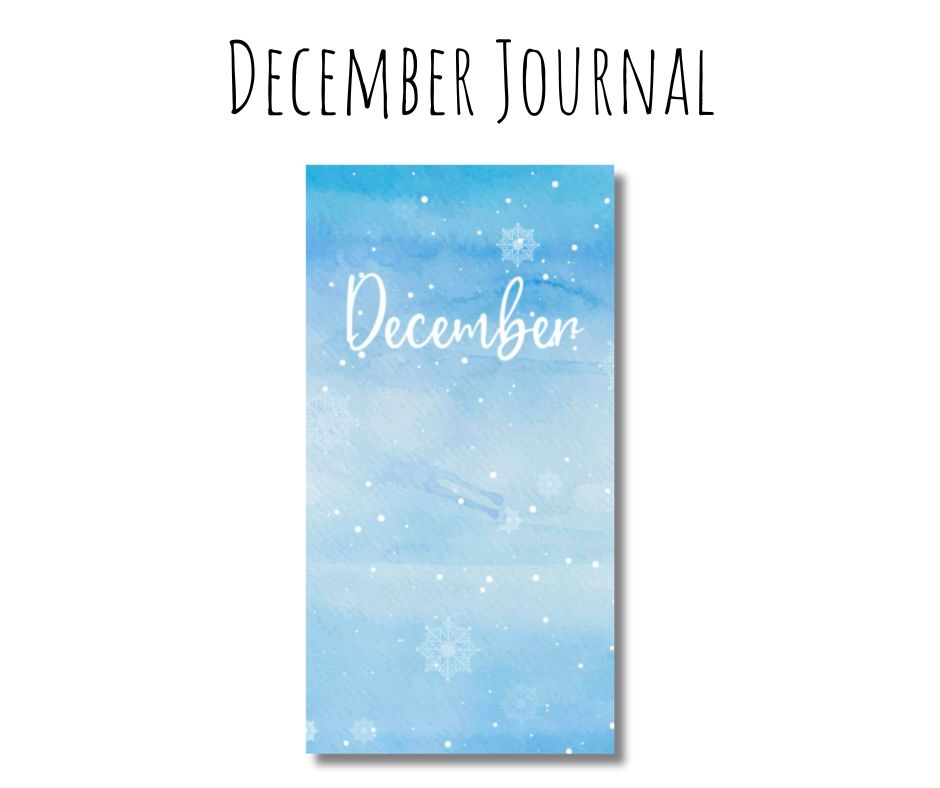I’m not a medical expert, but I hope my experiences can help and inspire others with chronic illnesses. Because living with a chronic illness can be incredibly demanding, both physically and mentally. It’s a constant balancing act, and for a long time, I struggled to find that balance. In the past 18 months, my husband and I suspected that I had ME/CFS. During this time, I discovered that rest is not a weakness but a valuable tool to manage chronic illnesses. Here are some of the strategies that have helped me!
Listen to Your Body
It sounds so simple, but this is one of the most important lessons I’ve learned. Your body knows what it needs. When you feel fatigued or in pain, don’t push through it. Rest is your body’s way of telling you it needs a break. Resting might mean lying down, closing your eyes, and letting your body recover. It can mean listening to music or simply bing watching. For me that currently means watching the Robbie Williams documentary on Netflix.

Prioritize Self-Care
Regular self-care routines can make a world of difference. This can include gentle exercises like yoga or meditation, reading, taking long baths, or spending time in nature. Find what works for you and make it a part of your daily life. Resting might mean taking a few moments to engage in a calming and enjoyable activity. Last night I had a wonderful hot bath and listened to Best of Coldplay. I was never really a fan, but right now I am discovering some great songs by them.
Reach Out for Support
Don’t hesitate to lean on your support network. Having understanding and supportive people, such as friends, family, or a support group, can be extremely helpful in times of need. Resting can also mean reaching out to a friend for a chat and emotional support, allowing your mind to relax. However, this can only be true if social interactions do not drain your energy! Again, learn and listen to your body.
Manage Stress
Chronic stress can exacerbate symptoms. Try stress-reduction techniques like deep breathing, mindfulness, or seeking professional help if necessary. Resting might mean practicing relaxation techniques to alleviate stress and promote healing. This of course won’t make the stress go away. But it makes it easier to deal with it.

Pacing
An essential concept, particularly for those with ME/CFS (Myalgic Encephalomyelitis/Chronic Fatigue Syndrome) is pacing. Pacing is the practice of carefully managing your energy levels to prevent “boom and bust” cycles. ME/CFS often comes with unpredictable energy crashes, and pacing helps minimize the severity of these crashes.
Here’s how you can incorporate pacing into your life:
Set Realistic Goals
Break tasks into smaller, manageable parts and tackle them in short, focused bursts. Avoid overexerting yourself, even on a “good” day. Pacing might mean breaking tasks into even smaller chunks to make them more achievable.
Listen to Your Energy Levels
Pay attention to when you’re most energized during the day and plan your activities accordingly. If you do better in the mornings, schedule important tasks at this time of the day. Pacing might mean scheduling your most important tasks during your peak energy hours. To my surprise, I can walk really well in the morning. I don’t need to do much thinking or talking when I walk alone, except when I play Pokémon. When I get home I feel refreshed and ready to start my working day.
Rest Regularly
Build short rest breaks into your daily routine, even if you feel okay at the moment. Preventing energy depletion is key. Resting might mean taking a short nap or simply sitting quietly to recharge. I have a tea break at around 10 am and a quick chat with our quails. Then at midday I have 45 minutes of sofa time, where I watch something, read or take a nap. The rest of the day I play it by ear as I have learned to listen to my body and my energy levels.
Learn to Say “No”
That was a huge one for me. I like to help and be of service. Before ME/CFS, I ran two support groups and was always there, when someone needed me. I needed to understand my limits and not be afraid to say no to commitments or invitations that could be too much for me. Pacing might mean saying “no” to additional responsibilities.
Document and Adjust
Keep a journal to track your activity and energy levels. Over time, this can help you identify patterns and adjust your pacing strategy as needed. Pacing also might mean taking the time to reflect on your energy levels and make necessary adjustments. Through my habit tracker, I learned that it’s best to avoid scheduling multiple appointments or dates on the same day. I make a conscious effort to avoid such situations, even now that I’m feeling much better.
In conclusion, learning to rest and pace yourself is a journey unique to each individual with a chronic illness. It’s about finding a rhythm that works for you and recognizing that taking care of your health is a strength, not a weakness. Be patient with yourself, and don’t be too hard on your body. You deserve the rest and care necessary to thrive despite the challenges. I hope my experiences resonate with some of you. If you have your own tips or stories to share, please don’t hesitate to reach out or write a comment. Together, we can create a supportive and understanding environment for those living with chronic illnesses.
Book Recommendation
Check out the December edition of my Traveler’s Notebook series! This planner offers a curated layout specifically designed for the month, enveloping you in the festive spirit. It’s crafted with a two-page, undated monthly overview, a detailed monthly plan delineated for priorities, goals, dates, and to-do lists. The December edition captures the spirit of the month with a habit and mood tracker. It has a charming design with Christmas baubles that can be colored in for some interactive fun. The planner has five weekly pages for structured organization, and also includes 50 dotted journaling pages for daily reflections or personalized entries. The compact size of this product makes it convenient to carry. It fits perfectly into standard Traveler’s Notebooks, but it also looks great on its own. It’s the perfect companion for your December!
https://amzn.to/3QTNPFD (Affiliate Link!)


